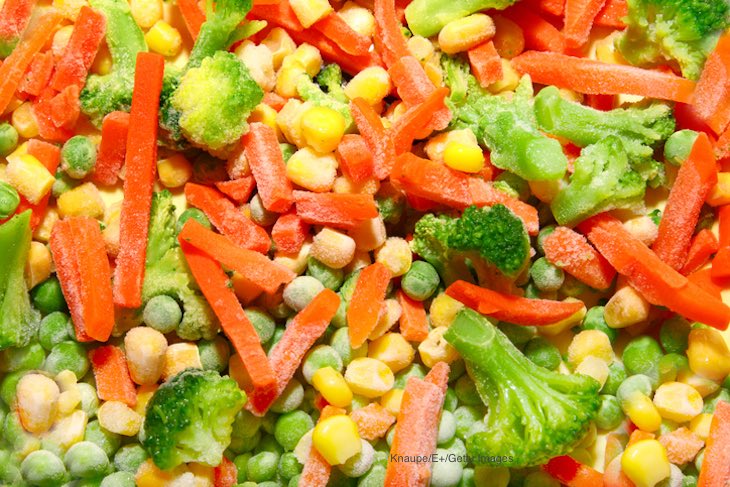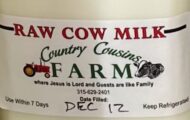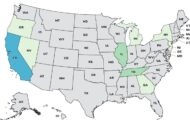Consumer Reports tracks pesticides on produce and has released the results of their research. They say that since the 1960s, some chemicals used on American crops have unacceptable health risks. Some pesticides are banned in the United States, but the government has been slow to act on banning others. And when a chemical is removed from the market, companies and growers may use others that can be just as hazardous to your health.

Consumer Reports conducted a comprehensive review of pesticides in food by analyzing seven years of data from the Department of Agriculture. Every year, that agency tests a selection of conventionally grown and organic produce that is grown in the U.S. or imported. CR looked at 59 common fruits and vegetables, including the fresh version, canned, dried, and frozen.
They say that pesticides posed significant risks in 20% of the foods examined. The produce that is highest in pesticides include bell peppers, blueberries, green beans, potatoes, and strawberries. Green beans actually had residues of a pesticide that hasn’t been allowed in the U.S. for more than a decade. Imported produce, especially when imported from Mexico, was most likely to carry risky levels of these chemicals.
The good news is that Americans don’t have to worry about pesticides in 2/3 of produce, including almost all organically grown fruits and vegetables. The largest risks are caused by just a few pesticides, in a handful of foods, grown on a small fraction of U.S. farmland.
Sixteen of the 25 fruits, and 21 of the 34 vegetables, had low levels of pesticide risk. They include conventionally U.S. grown broccoli, cabbage, cantaloupe, carrots, cauliflower, cranberries, grapefruit, mushrooms, oranges, canned and frozen peaches, frozen peas, plums, pruned, scallions, and canned tomatoes. The most problematic produce included conventionally U.S. grown bell peppers, blueberries, frozen blueberries, and potatoes, and imported conventionally grown green beans, strawberries, celery, and collard greens.
Children and pregnant people should consume less than one serving a day of high risk fruits and veggies, and less than half a serving a day of very high risk ones. Everyone else should limit their consumption of those items as well.
So look at the chart at Consumer Reports and plan your shopping and meals accordingly. The best way to avoid pesticide exposure is to eat organically grown fruits and veggies, but those items are more expensive. Watch out for imports, and choose the foods your family enjoys that have the lowest pesticide levels.
Consumer Reports also published an article in 2017 about removing pesticides from apples. Washing is crucial. Clean them well, and soaking them in a mixture of baking soda and water may be effective. Rinse in tap water before eating.




